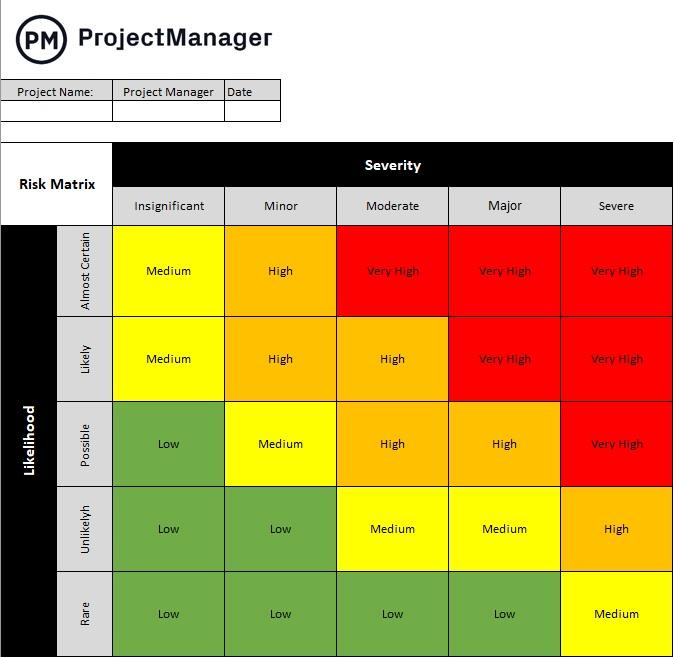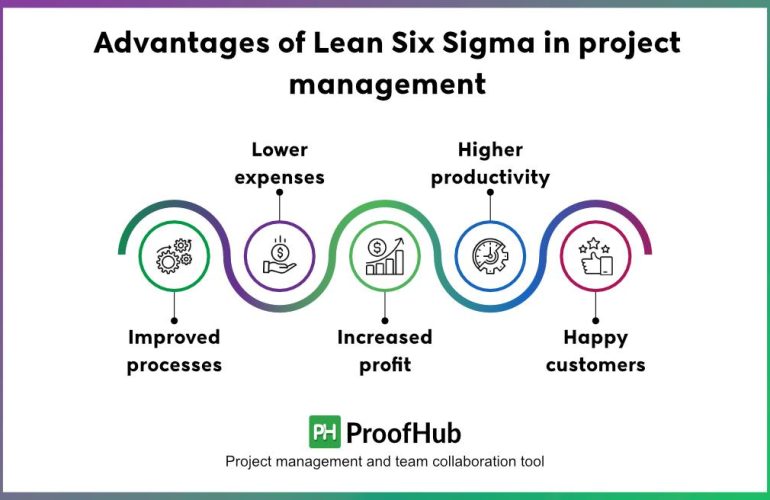In today’s dynamic business environment, the ability to identify, evaluate, and mitigate risks is paramount for the successful execution of any project. As organizations increasingly navigate complexity and uncertainty, the need for a structured approach to project risk assessment has never been more critical. This article explores the essential steps for effective project risk assessment, equipping project managers and stakeholders with the tools and methodologies necessary to anticipate potential challenges. By adopting a proactive risk management strategy, teams can not only safeguard their initiatives but also enhance decision-making, improve resource allocation, and ultimately drive project success. Join us as we delve into the foundational components of risk assessment and outline best practices that can transform your project’s trajectory.
Table of Contents
- Understanding the Importance of Project Risk Assessment
- Identifying and Categorizing Risks in Project Management
- Implementing Effective Risk Mitigation Strategies
- Monitoring and Reviewing Risks Throughout the Project Lifecycle
- Wrapping Up
Understanding the Importance of Project Risk Assessment
In the dynamic landscape of project management, effectively identifying and mitigating risks is vital for ensuring project success. A thorough understanding of potential risks empowers project leaders to allocate resources wisely, adapt strategies proactively, and maintain project timelines. By embracing project risk assessment, organizations can achieve greater control over outcomes, minimize unforeseen delays, and reduce financial impacts. This strategic approach aligns with the overall project objective, fostering a culture of informed decision-making.
The process of risk assessment involves various steps that contribute to its significance. Among these are:
- Risk Identification: Recognizing potential threats that could derail project progress.
- Risk Analysis: Evaluating the identified risks to determine their likelihood and potential impact.
- Risk Prioritization: Classifying risks based on severity and urgency, guiding focus on critical areas.
This proactive stance not only enhances stakeholder confidence but also cultivates a resilient project environment, ready to face challenges head-on.
Identifying and Categorizing Risks in Project Management
Effective risk identification and categorization is crucial for the successful delivery of any project. This process begins with assembling a diverse team that encompasses various perspectives and expertise, ensuring a comprehensive exploration of potential risks. Engaging stakeholders in brainstorming sessions can yield valuable insights into unforeseen challenges. Consider the following categories when identifying risks:
- Technical Risks: Issues related to technology choices and integrations.
- Financial Risks: Budget overruns and funding challenges.
- Operational Risks: Inefficiencies in processes or resource allocation.
- Regulatory Risks: Compliance with laws and industry standards.
- External Risks: Factors outside the organization such as market fluctuations or natural disasters.
Once risks are identified, categorizing them effectively allows project managers to prioritize and develop mitigation strategies. A risk register can serve as a useful tool for this purpose, encapsulating risks along with their likelihood and potential impact. For example:
| Risk | Likelihood | Impact | Priority |
|---|---|---|---|
| Data Breach | High | Critical | 1 |
| Budget Cut | Medium | High | 2 |
| Technical Failure | Low | Medium | 3 |
By systematically identifying and categorizing risks, project managers can allocate resources more efficiently, prepare contingency plans, and ultimately increase the likelihood of project success.
Implementing Effective Risk Mitigation Strategies
Developing a robust risk mitigation plan is crucial for safeguarding project objectives and ensuring successful outcomes. One approach is to prioritize risks based on their potential impact and likelihood of occurrence. Utilize a risk matrix to categorize risks into levels such as high, medium, and low. This visual tool allows project managers to focus their attention on significant threats while creating tailored response strategies. These strategies can include risk avoidance, risk transfer, risk acceptance, and risk reduction, each devised to effectively handle specific risk scenarios.
Additionally, it’s essential to foster a culture of continuous monitoring and reporting within the project team. By implementing regular risk review meetings, stakeholders can stay informed and responsive to new developments. Encourage team members to share insights and updates regarding identified risks, and utilize project management software to maintain a centralized repository of risk data. This not only enhances transparency but also fosters accountability among team members. Below is a simplified table outlining common mitigation strategies and their applications:
| Mitigation Strategy | Application |
|---|---|
| Risk Avoidance | Changing project scope to eliminate the risk |
| Risk Transfer | Outsourcing risk to a third party |
| Risk Reduction | Implementing measures to lessen impact |
| Risk Acceptance | Acknowledging risk and preparing contingency plans |
Monitoring and Reviewing Risks Throughout the Project Lifecycle
Effectively managing risks requires a proactive approach throughout the project lifecycle. Regular monitoring ensures that potential threats are identified early, allowing teams to implement mitigation strategies swiftly. To facilitate this, project managers should establish a comprehensive risk management framework that includes:
- Continuous Risk Identification: Engage stakeholders regularly to identify new risks and reassess existing ones.
- Risk Assessment Updates: Re-evaluate the status and impact of identified risks at key project milestones.
- Performance Indicators: Define and track key performance indicators (KPIs) related to risk management.
- Feedback Loops: Create mechanisms for collecting feedback on risk management strategies from team members.
Documenting the evolution of the risk landscape is crucial. By utilizing risk registers and maintaining clear records, project managers can provide transparency and foster accountability among team members. A well-structured risk register might include:
| Risk Description | Impact Level | Mitigation Strategy | Status |
|---|---|---|---|
| Lack of resources | High | Allocate additional budget | In Progress |
| Key personnel turnover | Medium | Cross-train team members | Monitored |
| Regulatory changes | High | Regular compliance audits | Active |
By maintaining vigilance and adapting to change, teams stand a better chance of overcoming challenges and successfully delivering project objectives.
Wrapping Up
an effective project risk assessment is not merely a procedural formality; it is a strategic imperative that can determine the success or failure of any project. By diligently identifying potential risks, analyzing their impact, and implementing robust mitigation strategies, organizations can safeguard their investments and ensure project goals are met. The essential steps outlined above serve as a guiding framework, equipping project managers and teams with the tools necessary to navigate uncertainties with confidence.
In an ever-evolving business landscape, where adaptability and foresight are paramount, integrating these practices into your project management approach will not only enhance decision-making but also foster a culture of proactive risk management. Embracing this proactive mindset will empower your team to recognize opportunities amidst challenges and drive projects to successful completion. As you move forward, remember that a well-structured risk assessment process is your first line of defense in achieving project excellence.





